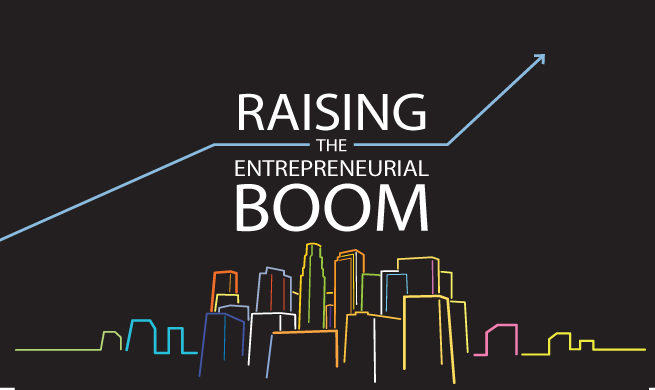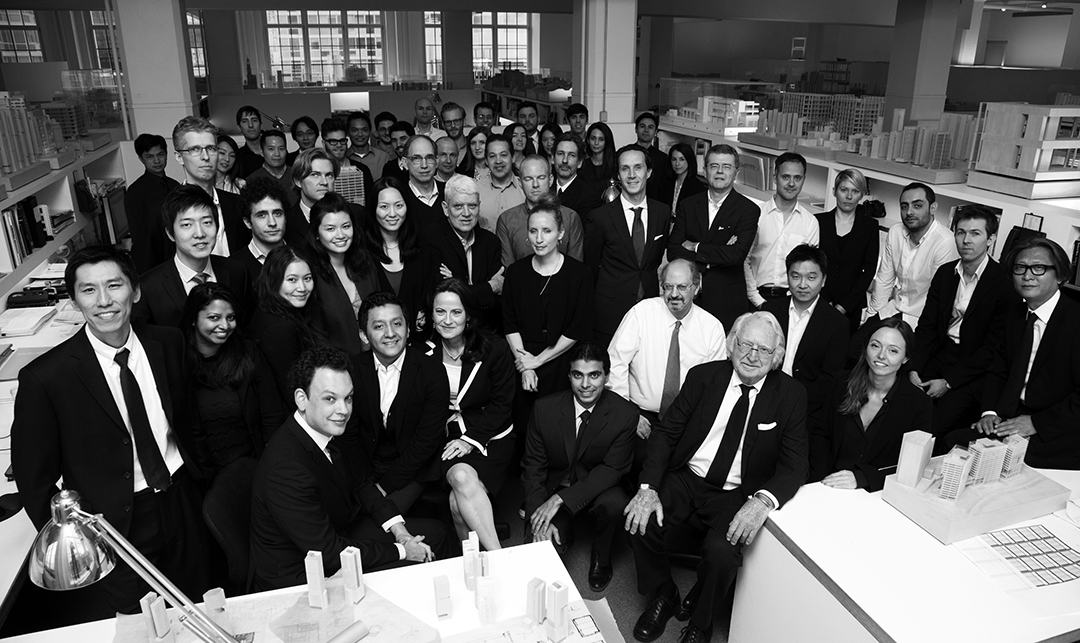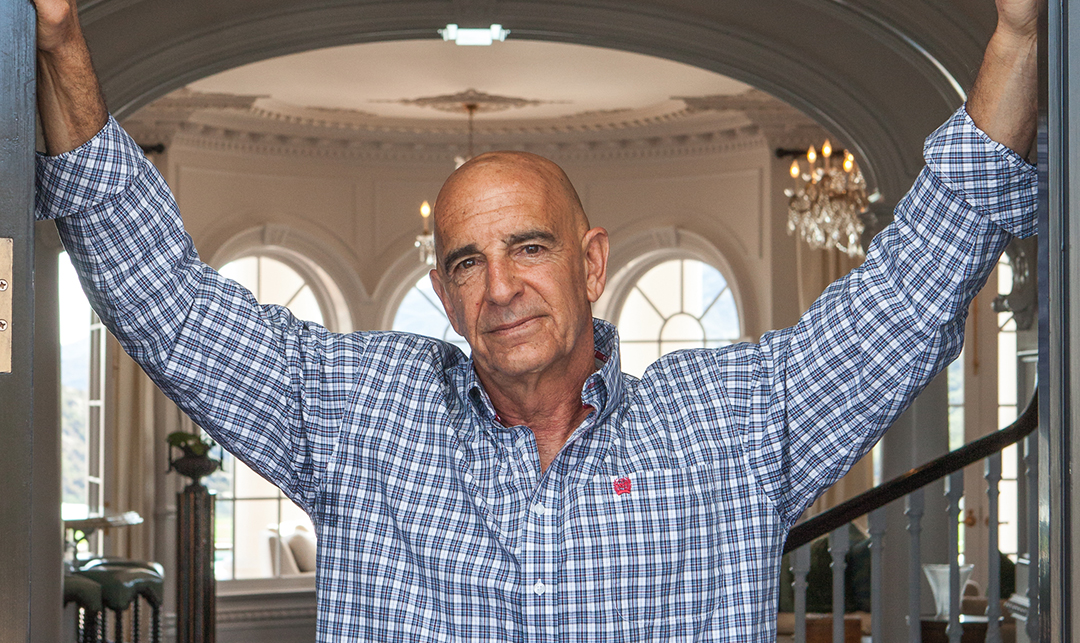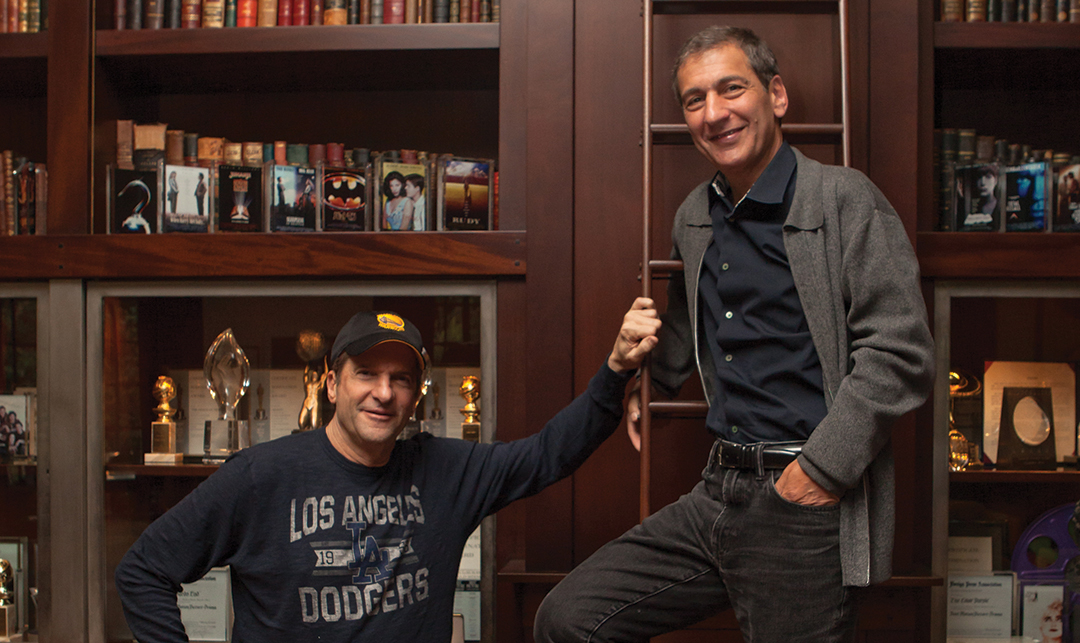Running a private company means carrying a significant burden of responsibility. From deciding on strategic direction to people challenges and financial decision-making, the weight of those choices often rests squarely on the CEO’s shoulders. And while the position comes with obvious rewards, it also brings with it persistent pressure, particularly when faced with high-stakes decisions where the path forward isn’t always clear.
This is what I call being commercially lonely. It’s a common experience for many CEOs, where there’s an expectation that they should have the answers, always. Yet in reality, the complexity of decision-making at the top often calls for more than intuition or experience. It requires perspective, support, and a safe space to test assumptions and explore alternatives before making pivotal decisions. An advisory board can support CEOs in these moments, without compromising control. Here’s how.

POWERFUL SUPPORT STRUCTURE FOR CEOS
Unlike a governance board, an advisory board is nonbinding, does not hold authority, and cannot compel a CEO to act. Yet, it can profoundly impact decision-making quality, leadership effectiveness, and business outcomes. This carefully selected small group brings diverse perspectives and deep commercial insight. Their role is to challenge, advise, and support the CEO, acting as a sounding board during critical phases of business growth or complexity. For many leaders, it provides a safe space to explore ideas and receive constructive feedback, away from the internal pressures of shareholders, staff, or operational urgency.
IMPROVED DECISION QUALITY
Decisions made in isolation are inherently limited by the CEO’s own experience, biases, and blind spots. While many leaders are strong, resilient decision-makers, none are infallible, particularly when under pressure or navigating unfamiliar territory. Consider the distinction made by Jeff Bezos between two types of decisions:
-
- Type 1: High-stakes, largely irreversible decisions that should be made carefully and with deliberation
- Type 2: Reversible decisions that can be made quickly and with less risk
CEOs often spend their days handling Type 2 decisions. But it’s the Type 1 decisions, those involving market entry, team restructuring, strategic investment, or innovation, that carry significant long-term implications. These are precisely the decisions that benefit from external input and experienced reflection.
THE RIGHT PEOPLE AROUND THE TABLE
The composition of an advisory board is critical. It’s not simply a group of trusted friends or general business people, it is a deliberately assembled team of individuals whose experience and insights are aligned with the company’s growth, ambition, and strategy. This begins with an independent chair who facilitates the group, provides structure, and ensures accountability. Additional members might include individuals with expertise in finance, strategy, operations, innovation, or international expansion, depending on the skill gap in current leadership. Over time, the composition may evolve as the business evolves. One of the most valuable aspects of this model is its flexibility: Members can be rotated in or out as the company reaches new growth stages or faces different challenges.

MAKING THE STRUCTURE WORK
Both advisers and the CEO need to be committed to the success of the advisory board. From the advisers that means a commitment to understand the ambition, strategy, resources, and culture of the organization so that their advice sits in context. From the CEO’s perspective, that means choosing the right advisers and remunerating them appropriately, locking in mutual obligation. CEOs must also be willing to share all information, the good, the bad, and the ugly, with the advisory board and be willing to have their perspectives and biases challenged. A board can offer insight and guidance, but it is the CEO’s responsibility to turn that input into action.
CHANGE THE MINDSET FROM PRESSURE TO PERSPECTIVE
CEOs find that once they have access to experienced, independent guidance, their own decision-making becomes sharper and more confident. They no longer feel they are carrying the burden alone. This shift, from exertion and control to clarity and collaboration, is what I call the “Unleash Effect.” CEOs become more focused, more strategic, and more effective in leading their teams. They stop reacting and start guiding. The organization becomes more resilient, more aligned, and better prepared for growth.
Advisory boards are not a silver bullet, but they provide a powerful, practical tool for CEOs seeking to lead with confidence in complex times. When the pace of change is accelerating and the cost of missteps is high, leaders must ask themselves: Who’s in my corner?
Anthony Moss is a strategy and governance specialist, and author of The CEO Game Changer. With more than 30 years of commercial experience and a track record of working with over 180 companies, he helps private company CEOs break through growth barriers with clarity, confidence, and capability. As founder of Lead Your Industry, he partners with ambitious leaders to build high-impact advisory boards that fast-track results. Learn more at leadyourindustry.com or connect with Moss on LinkedIn at linkedin.com/in/anthonymoss.













































